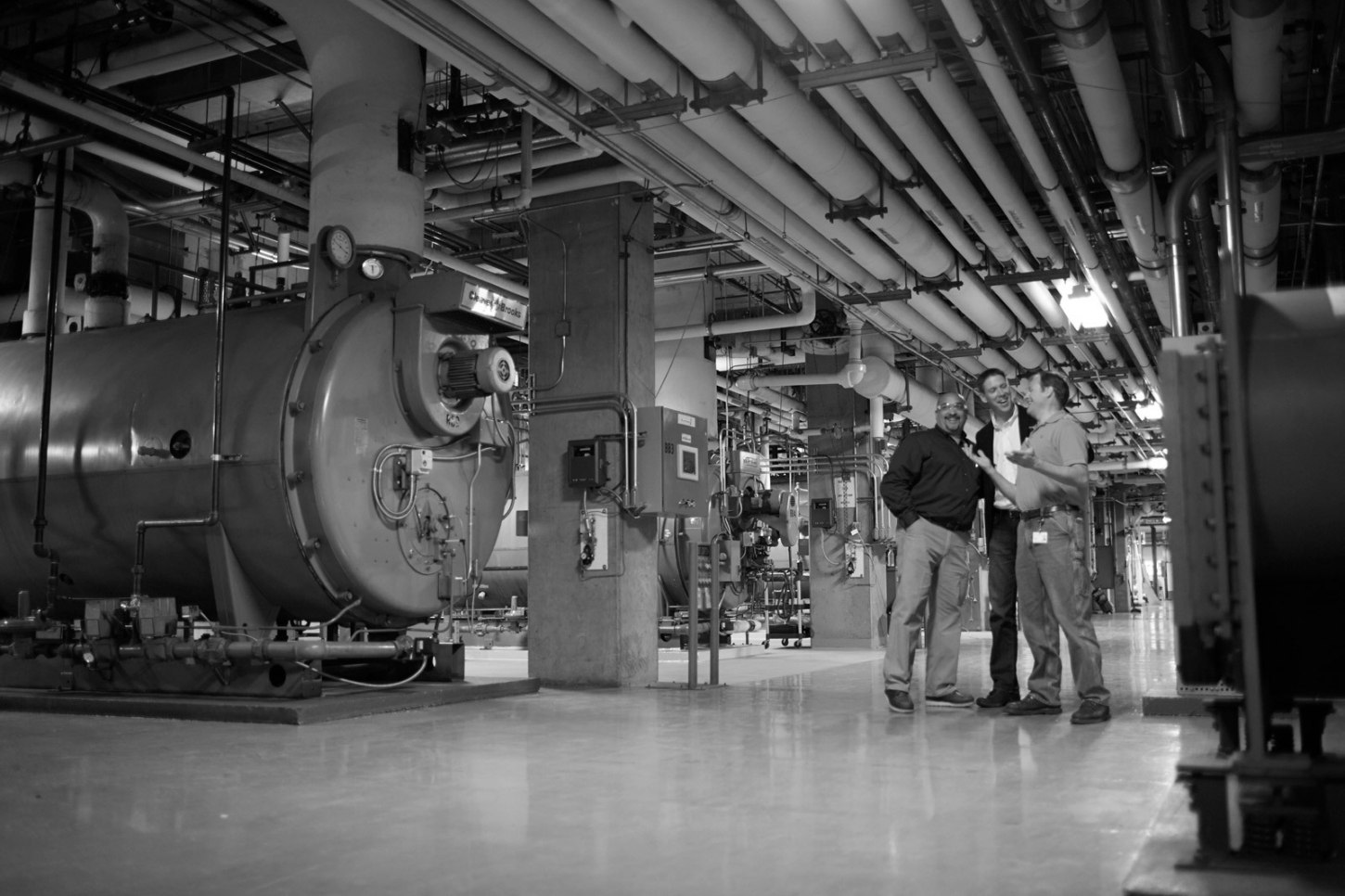As our world grapples with climate change and economic instability, policymakers are seeking innovative ways to address both pressing issues simultaneously. One such strategy is the US Inflation Reduction Act (IRA), tackling inflation while also promoting sustainability and energy efficiency in various sectors of the economy.
EUI and the IRA 101: An overview of EUI and how it is represented in the IRA
Energy Use Intensity (EUI) is a metric used to quantify a building’s annual energy consumption per square foot. It provides a standardized way to compare the energy efficiency of different buildings, regardless of their size or purpose. A lower EUI indicates higher energy efficiency, which is a primary goal for both cost savings and environmental sustainability. Key measures to cut your EUI for IRA tax incentives include HVAC, envelope, and lighting upgrades.
Enacted in 2022, part of the IRA expanded on the pathways for achieving the 179D tax incentive that rewards buildings for reducing their EUI. Previously, energy modeling was the only path to qualify for the 179D incentive. Now, thanks to the new and improved IRA, showing EUI reduction is sufficient to prove you’ve made significant upgrades to your building, offering more flexibility, and saving time and money to achieve your 179D dollars. Best of all, the IRA’s upgraded 179D program offers a lot more financial incentives – up to $5/sf! Less time and more money are good news for any building owner.
The IRA utilizes EUI as a fundamental metric for assessing and improving energy efficiency within buildings. In the context of the IRA, EUI establishes clear and ambitious targets for reducing energy consumption in these buildings, emphasizing the importance of efficient energy use. The IRA incentivizes building owners to reduce their EUI values by offering tax incentives to those who invest in energy-efficient technologies and retrofits that result in decreased EUI.

Here's how EUI fits into the equation:
- Targeted Energy Reduction: The IRA sets ambitious targets of reducing energy consumption in buildings by 25% at minimum. EUI serves as a benchmark to measure progress towards these goals. Building owners and managers are incentivized to lower their EUI by adopting energy-efficient technologies and practices.
- Tax Incentives, for both tax-liable and tax-exempt building owners: The IRA offers tax incentives to commercial building owners who achieve significant reductions in the EUI. These incentives encourage investments in energy-efficient building systems, such as LED lighting, advanced HVAC systems, and smart building technologies. For tax-exempt buildings, there are still benefits to be had! For tax-exempt projects designers are given tax benefits. Under Sec.48 of the IRA, building owners are given the unique ability to “direct transfer” their credits allowing more possibilities for cost-effective sustainable buildings.
- Regulatory Support: The IRA also streamlines regulations related to energy efficiency standards and encourages states and municipalities to adopt stricter EUI targets and building codes. This ensures that energy efficiency remains a top priority in the construction and operation of buildings.
Benefits of the EUI-Inflation Reduction Act Connection
The connection between EUI and IRA offers numerous benefits:
- Economic Stability: By reducing energy consumption and operating costs for commercial buildings, the Act contributes to overall economic stability by mitigating inflationary pressures.
- Job Creation: The Act stimulates job growth in the construction industries and especially in green technologies – businesses are investing in energy-efficient technologies and creating new opportunities in renewable energy, building automation, and sustainable construction.
- Environmental Sustainability: Lower EUI values translate to reduced greenhouse gas emissions and a smaller carbon footprint. This aligns with the broader goals of combating climate change and promoting sustainability.
- Energy Security: Decreasing energy consumption in commercial buildings enhances energy security by reducing dependence on fossil fuels and increasing resilience in the face of energy supply disruptions.
The IRA emerges as a visionary policy blueprint, recognizing the symbiotic relationship between economic prosperity and environmental stewardship. EUI becomes the guiding star, illuminating a path toward a brighter future, where economic stability, job creation, environmental sustainability, and energy security converge harmoniously.
_____
Are you a commercial building owner who went through one of the above upgrades, and your building was put in service after 1/1/2023? (You can claim some of the IRA’s incentives retroactively.) Or are you planning for an upcoming upgrade in the years to come? Reach out to our team of experts at info@umci.com to explore how we, as leaders in this transformative journey, can benchmark sustainable success and pave the way for a brighter and more resilient tomorrow.
Questions or Comments?
For media inquiries or related questions, please contact info@umci.com
